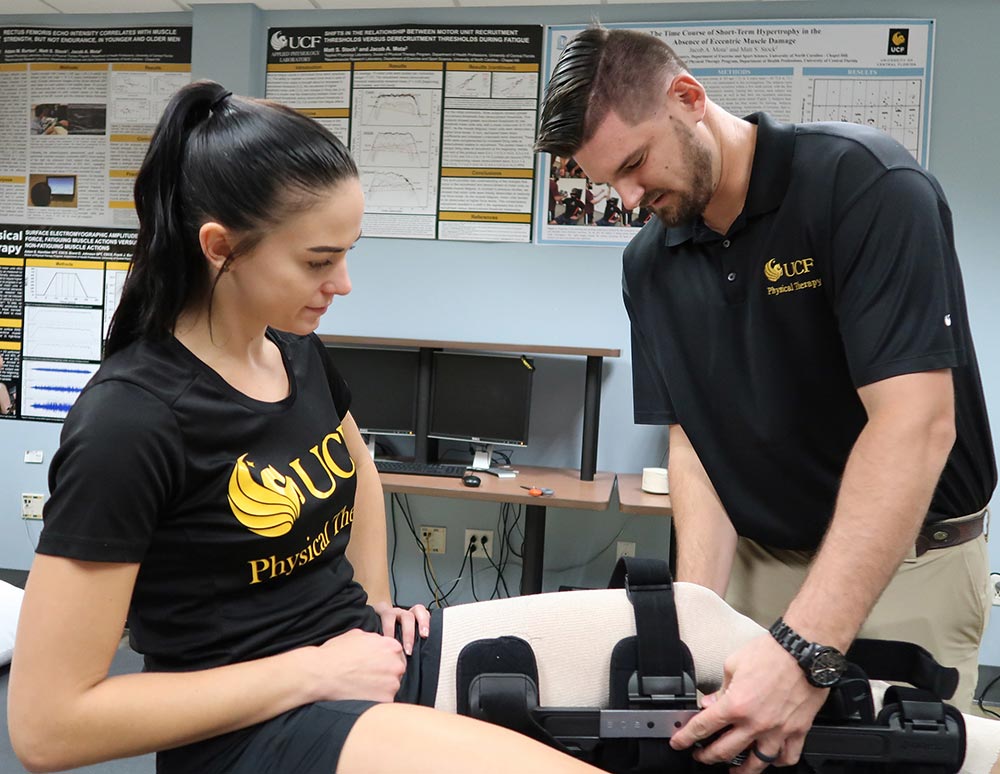The Only Guide to Exercise Physiology Laboratory


What is clinical exercise physiology all about? - Health Hub - University of Queensland
Exercise Physiology (BS) - College of Nursing and Health for Beginners
A male marathon runner loses each hour around 0. 83 L in cool weather condition and 1. 2 L in warm (losses in females are about 68 to 73% lower). Individuals doing heavy workout might lose 2 and half times as much fluid in sweat as urine. This can have profound physiological impacts.
These impacts are mainly removed by replacing 50 to 80% of the fluid lost in sweat. Plasma catecholamine concentrations increase 10-fold in entire body exercise. Ammonia is produced by worked out skeletal muscles from ADP (the precursor of ATP) by purine nucleotide deamination and amino acid catabolism of myofibrils. interleukin-6 (IL-6) increases in blood flow due to its release from working skeletal muscles.

Oxidative Eustress in Exercise Physiology - 1st Edition - James NCo
4 Easy Facts About What is the meaning of exercise physiology? Described
Sodium absorption is affected by the release of interleukin-6 as this can cause the secretion of arginine vasopressin which, in turn, can cause exercise-associated alarmingly low sodium levels (hyponatremia). Solution Can Be Seen Here of salt in blood plasma can result in swelling of the brain. This can be prevented by awareness of the threat of drinking excessive amounts of fluids throughout extended exercise.
The brain is generally reliant for its high energy expenditure upon aerobic metabolism. The brain as an outcome is extremely conscious failure of its oxygen supply with loss of consciousness happening within six to 7 seconds, with its EEG going flat in 23 seconds. Therefore, the brain's function would be disrupted if exercise impacted its supply of oxygen and glucose.


Exercise Physiology png images - PNGWing
Indicators on Exercise Physiology - Texas Woman's University You Need To Know
Due to the fact that human beings are bipeds, motor control is required for keeping balance. For this reason, brain energy consumption is increased throughout extreme physical exercise due to the demands in the motor cognition needed to control the body. Workout Physiologists deal with a series of neurological conditions including (however not restricted to): Parkinson's, Alzheimer's, Terrible Brain Injury, Spine Injury, Spastic paralysis and psychological health conditions.
During submaximal workout, heart output boosts and cerebral blood flow increases beyond the brain's oxygen needs. However, this is not the case for continuous optimum exertion: "Optimum exercise is, regardless of the increase in capillary oxygenation [in the brain], related to a minimized mitochondrial O2 content throughout whole body workout" The autoregulation of the brain's blood supply is impaired particularly in warm environments Glucose [edit] In grownups, workout diminishes the plasma glucose offered to the brain: short intense workout (35 minutes ergometer cycling) can decrease brain glucose uptake by 32%.
